My first completed manuscript was a memoir I have since (temporarily, I hope) shelved. It didn’t sell for a variety of reasons, chief among them that it was pretty poorly written.
If the me of ten years ago would have heard that, she would have crumpled in agony and never written another word. But the me of today understands that writing is a craft and that you have to do it badly before you can do it well. You sometimes have to do it badly over and over again, doing different things badly even after you’ve mastered other facets, even after you’ve allowed yourself the label “real writer” because you’ve been paid to write.
Perhaps the hardest thing for me as a writer is knowing what to include in a story and what to leave out. I love my ability to recall and make up detail. It’s almost sensual, the mind running over the nuances, the smells, the dialogue. I want to tell it all. If I’m telling you a story in person, I’ll often give you all the backstory… who lived where and moved when, who met whom, how they got together, what broke them apart. Everything. Only to then get to the part about their house now being for sale. I have learned to recognize the moment of eye-glaze in my listener when I realize I’m taking too roundabout a route to my point. But it’s harder to know when I’m telling the reader too much.
If you’re like me, here are a few ways you can figure out what to leave in and what to take out.
1. This is excruciating, but if you wrote it less than a month ago, you probably can’t objectively figure out what to take out. The less time you’ve been writing, the longer this waiting period needs to be between initial writing and editing. You have to come upon the writing with the love of a reader and you can’t do that when you’re still attached to the words with the love of a writer. Writing it down involves falling in love with every word. Making it work means having enough distance to know what should make the cut. It’s like being the parent of your words and the admissions officer for them. It’s really tough to take on both roles.
2. Know the story you’re trying to tell. For example, The Fault in Our Stars is the story of two kids with cancer falling in love. While there are many other things that are interesting in there – how do Hazel’s parents feel? What is cancer treatment like for teenagers? – John Green sticks pretty carefully to only offering us details that push Hazel and Gus’ story forward. When those details do show up, they’re only there in service of the story, as obstacles or to color the feelings of the situation.
3. Ask yourself, “Does the reader need to know this right now?” Readers actually only need to know one thing at a time. While the detail about that memory your character has when she looks at the bowl might be delightful… does it service the broader story? Does it push the action forward? If not, even if it’s the most poetic thing you’ve ever written, it’s got to go. It hurts, I know. Delete it anyway.
4. It doesn’t matter what happened in what order. Weird but true. What matters is that this feeling led to that feeling led to that decision led to that circumstance. Sometimes those things happen chronologically, sometimes less so. Focus on the heart of the story and not the order in which things happen (even in a fictional story).
5. Don’t put in details just because they make you feel good. For about 3 versions of my memoir, I kept putting in a darling but bittersweet story about my cousin in Spain and how he told me he was in love with me when I was 8 years old out on a balcony in the heart of Madrid. (He was like 9, so it wasn’t creepy). He died pretty tragically later and I wanted to know he would go on in a book somewhere. But this story just didn’t fit in the “kid crosses the Mexican border and grows up undocumented in the U.S.” story I was telling. No matter how hard I tried to shoehorn it in, it just didn’t belong there.
The stories you tell aren’t for you. They’re for readers. Too often as writers we fall in love with the story we want to tell. We have to! It’s part of it. Good (and sage) writing advice tells us to write the story in our hearts and not the story that will sell or delight fans. This is true. But what makes a good book is telling the story the reader needs to know, not all the details near to your heart. This is different than writing for approval. This is having a good handle on storytelling techniques to know what makes a story “work” and what doesn’t.
6. Get advice. Get critique partners, go to writing workshops, get your MFA (if you’re so inclined) or pay an editor to review your work. Sometimes it’s hard to know what has to be cut. When others tell you what it is, listen.
As writers, our first responsibility is to the story. But when you fall in love with the words that make up the story, it’s hard to remember that sometimes even the prettiest words don’t make a story better and, regretfully, we have to let them go. It’s hard but necessary. And it will reward you with the best book you can write.




